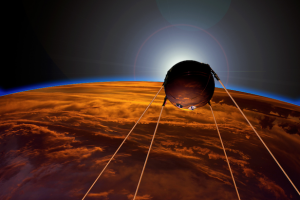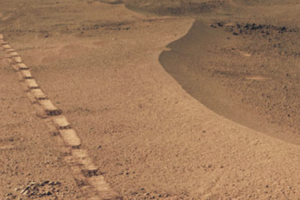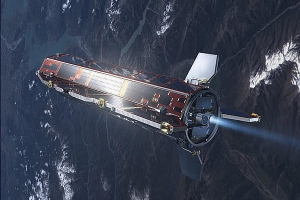We know it was a competition during the 20th Century, but what was the end result?
 Space Exploration
Space Exploration

 Space Exploration
Space Exploration
We know it was a competition during the 20th Century, but what was the end result?
 Solar System
Solar System
Could our biggest natural satellite ever drift away?
 Solar System
Solar System
NASA’s rover passed near a young crater this spring during the 45th anniversary of Apollo 16’s trip to the Moon, prompting a connection between the two missions
 Space Exploration
Space Exploration
You can usually see them stuck in orbit, but sometimes they just need to come crashing down to Earth. We take a look at when satellites fall.
[fototag id=”BA330″]
This is not some crazy idea or ridiculous flight of fancy; inflatable spacecraft have already been tried and tested, and it will not be long until the International Space Station is joined by these rather more expandable brothers and sisters in Earth orbit.
Bigelow Aerospace flew two unmanned inflatable spacecraft, Genesis I and II, in 2006 and 2007 respectively to test this technology. They are precursors to Bigelow Aerospace’s next venture, the BA 330 (above).
In 2015, Bigelow Aerospace will dock an inflatable module with the ISS to further test the concept, with a fully-fledged inflatable space station due by the end of the decade.
For more on inflatable space stations, check out issue 8 of All About Space magazine.
You can follow Jonathan on Twitter @Astro_Jonny
Take a tour of the expandable habitat that could soon be a destination for astronauts in Earth orbit.
 FutureTech
FutureTech
Discover Skylon, the revolutionary British spacecraft that will turn science fiction into science fact.